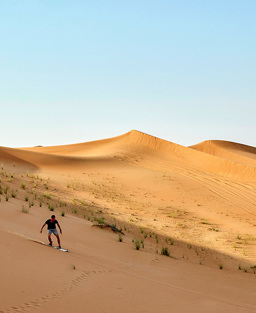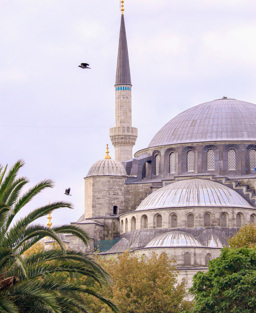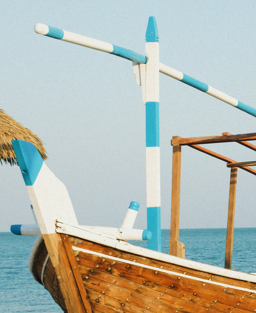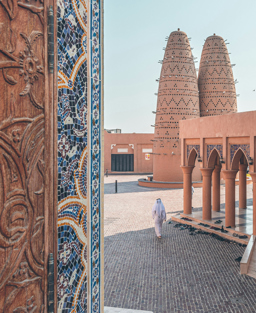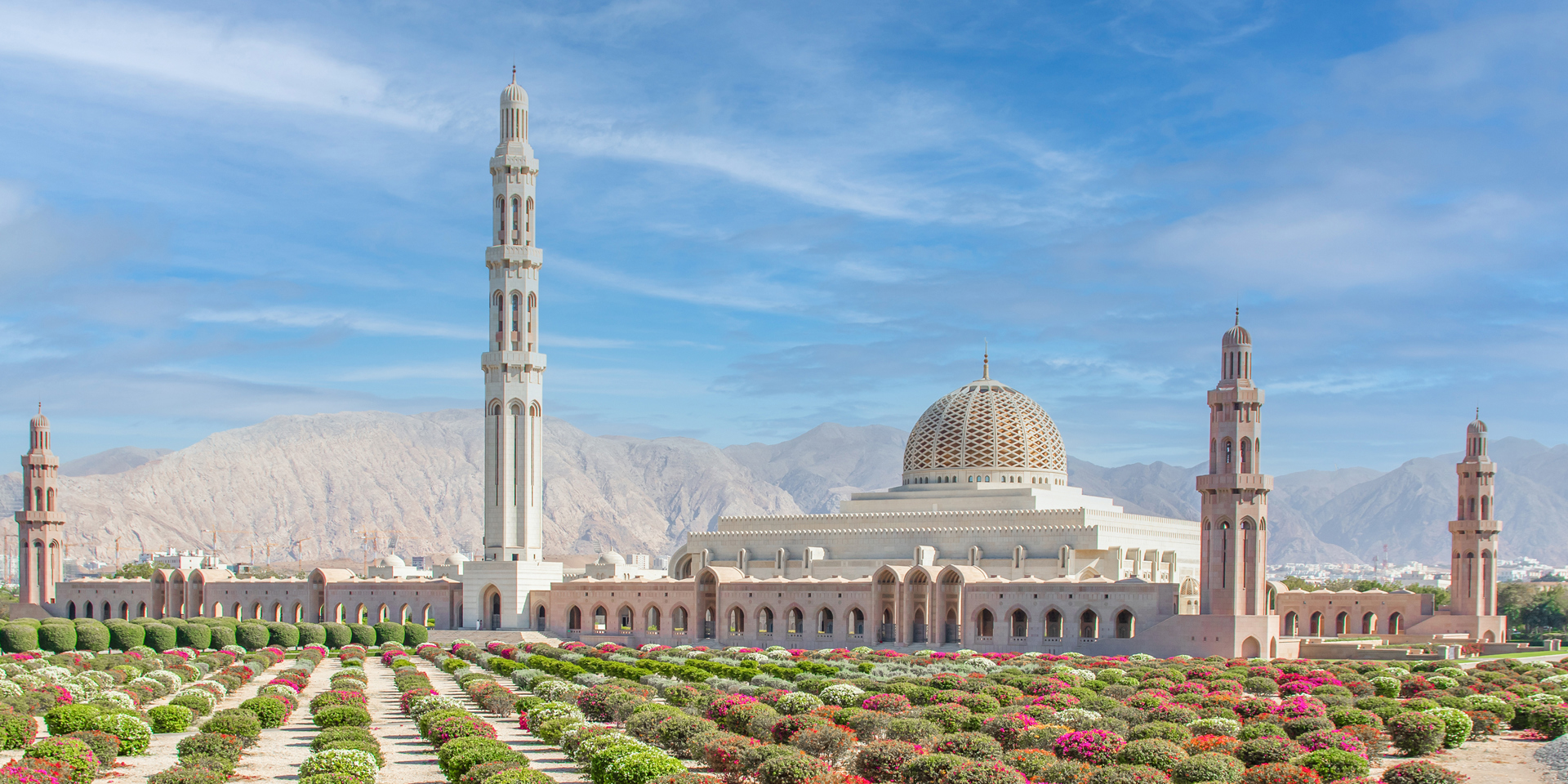

The Original Guide to Oman
Less flashy than its neighbours, the Middle East’s best-kept mystery shines in its own unique way. Pristine landscapes, authentic culture and genuine hospitality are as refreshing as a dip in an emerald wadi. Join our caravan to navigate the country’s highlights
07/05/2025
Words: Sarah Marshall
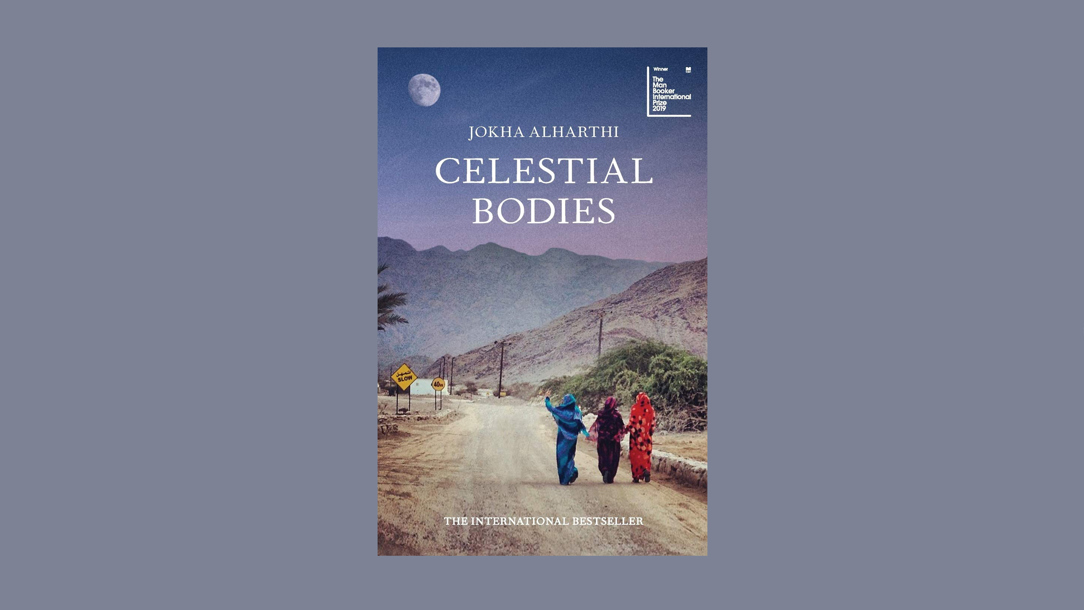
Celestial Bodies is a family saga set in Oman
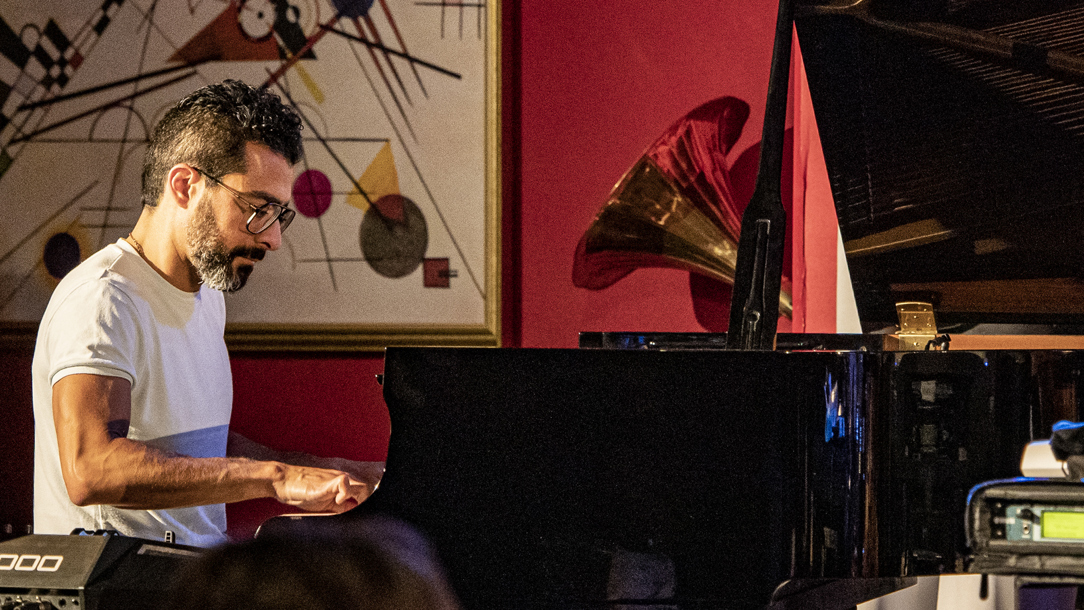
Pianist Tarek Yamani merges traditional Arabian music with American jazz (Lech Basel)
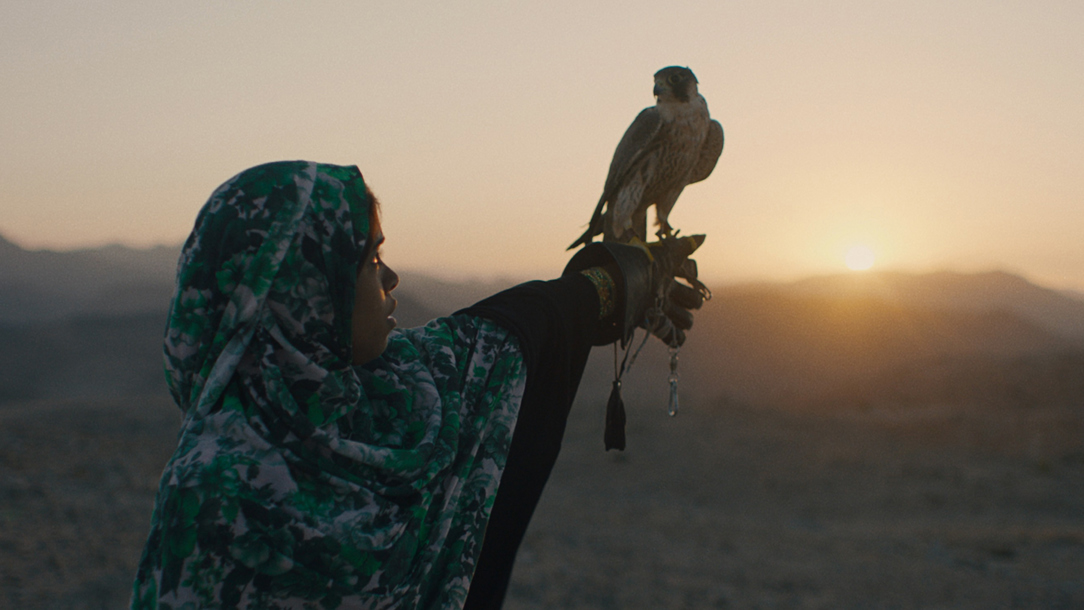
Noor Al-Huda in The Falconer, which won several film awards
Pre-trip culture checklist
READ: Juggling motherhood with PhD studies at Edinburgh University, while struggling to acclimatise to much colder weather, Jokha Alharthi became the first female Omani novelist whose work was translated into English. In 2019, she went on to win the Man Booker International Prize – the first Arabic-language writer to do so – with her novel Celestial Bodies. Weaving between past and present, the complex family saga reflects on social changes in modernising Oman and the brutal legacies of a slave trade seen through the eyes of three unhappily married sisters living in a village outside Muscat.
LISTEN: Born in Beirut, self-taught New-York based pianist Tarek Yamani reinvigorates classical rhythms, melodies and maqams (a type of musical scale) from the Arabian Peninsula through edgy fusions with American jazz. Dubbed Afro-Tarab, his unique genre nods to the roots of musical styles from across the Gulf. His album Peninsula focuses specifically on Khaliji – a laidback folk genre popular along the coasts of the UAE, Bahrain, Qatar and Oman. Backed by oud and tabla instruments, traditional songs romanticise the high and lows of sea life.
WATCH: From raw, rugged mountain ranges sliced by deep canyons to ever-shifting sands stretching into infinity, Oman’s landscapes dazzle on the big screen. Although early days, filmmakers are slowly recognising the potential. The first international feature film to be shot entirely in the country, art house movie The Falconer received critical acclaim when it was released in 2022. Based on true events, the story follows two friends embroiled in an illegal pet trade as they desperately attempt to help a woman flee her unhappy marriage.
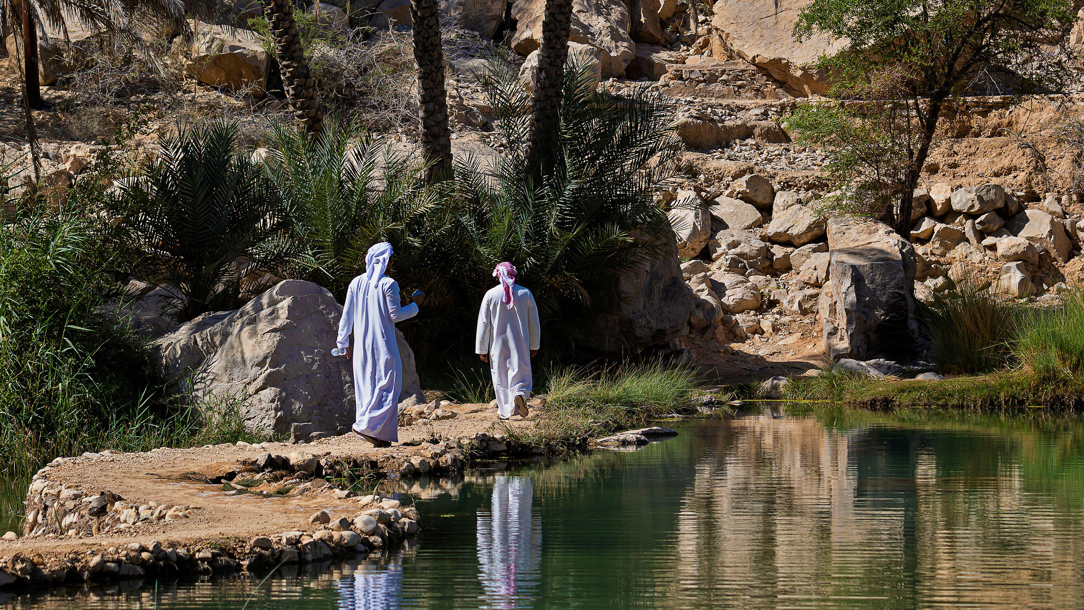
Wadi Bani Khalid in the Eastern Hajar Mountains (Alamy)
A local’s view
“For me, nothing compares to being out at sea. Whether cruising along the coast or anchoring near the islands, Oman’s waters are incredibly calming. There are countless beautiful spots where I feel completely at ease and recharged just by being surrounded by the sea and nature.
“The Daymaniyat Islands are truly special to me. This protected nature reserve off the coast of Muscat is home to some of the most stunning snorkelling and diving spots in the region. The untouched marine life, crystal-clear waters and peaceful surroundings make it my favourite escape.
“When it comes to cooling off inland, Wadi Bani Khalid is a personal favourite. It’s easily accessible and offers a beautiful mix of turquoise pools, palm groves and dramatic rock formations. It’s the kind of place where you can truly disconnect and enjoy Oman’s serene landscapes.”
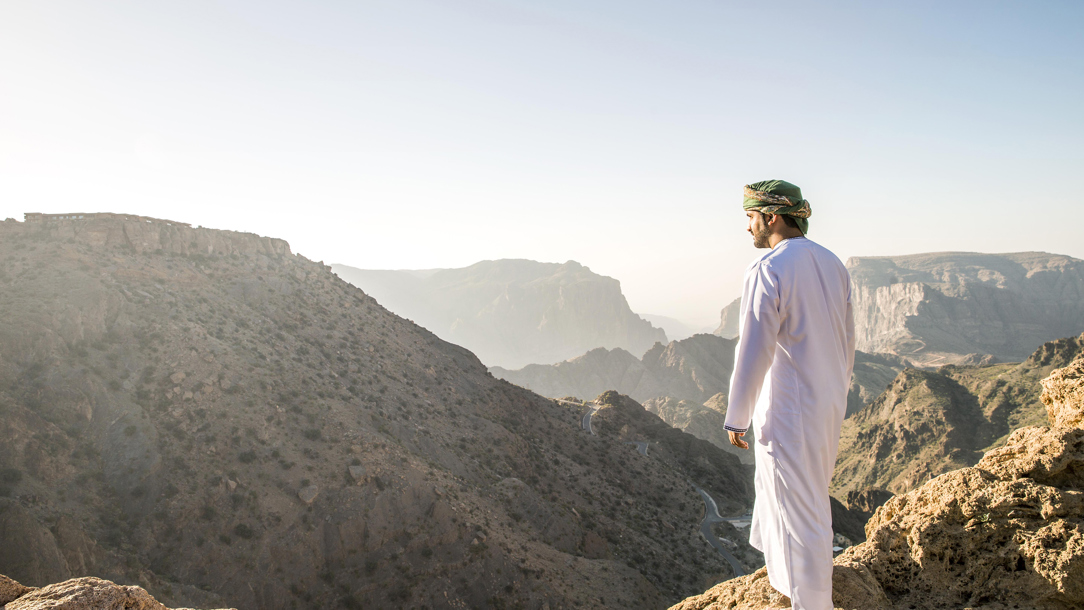
Maher Al Riyami, the mountain guru at Anantara Al Jabal Al Akhdar Resort
New view
A lookout with a royal seal of approval, Diana’s Viewpoint gained fame when the late Princess visited in 1986 with King Charles. But the canyon-edge platform in Jebal Akhdar, which gazes across a mountain range carved with agricultural terraces, is regal in its own right. Luxury resort Anantara Al Jabal Al Akhdar Resort serves up the same views from a private dining suite.
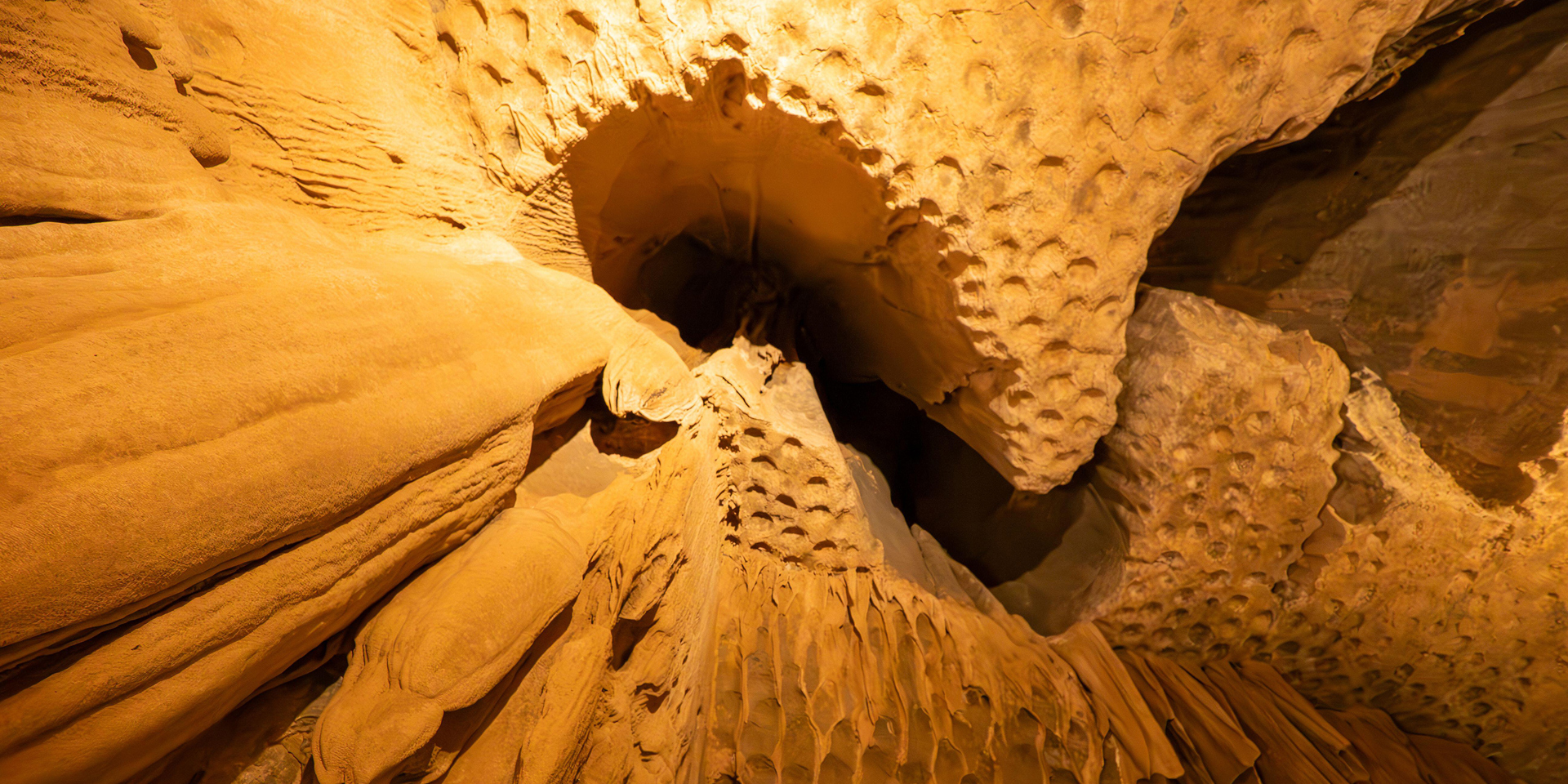
Beat the heat
Even at the height of Oman’s sizzling summer temperatures, there are places to cool off. Limestone mountain ranges in the north are riddled with cave systems carved by water. The most popular and accessible is Al Hoota (above), at the southern end of Jebal Akhdar, where a walkway leads to a lake filled with blind fish. New thrill-seeker pleasers include a suspended rope course and electric carts.
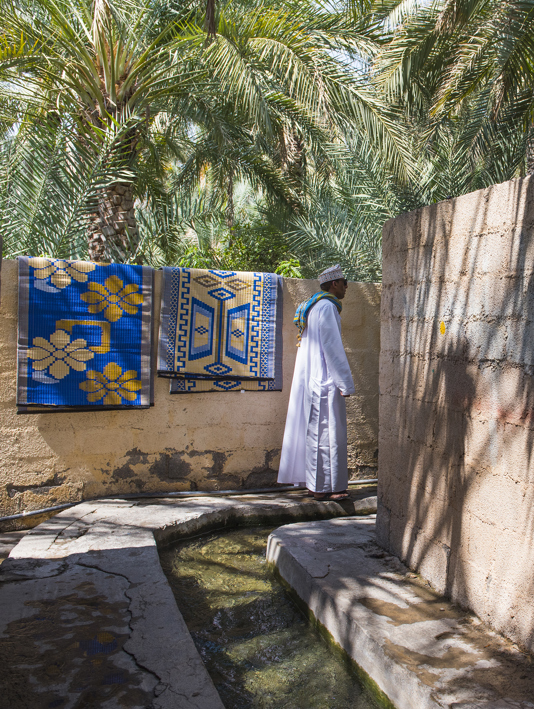
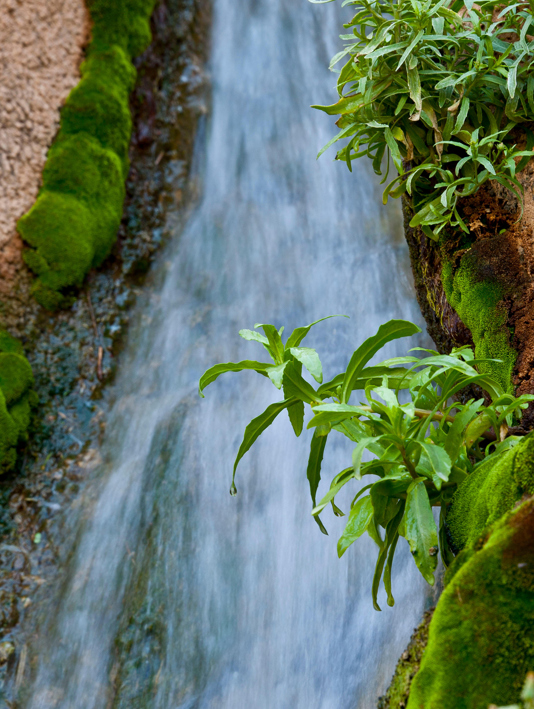
Falaj Al Khatmeen irrigation channels (Robert Harding; Alamy)
The original water channels
Using gravity to create a clever irrigation system, a network of narrow water channels known as aflaj is still in operation 4,000 years after it was invented. Five sites fall under Unesco World Heritage protection, all in the north. Stretching for 2,450m from Birkat Al Mouz in Nizwa, Falaj Al Khatmeen passes through a fortress.
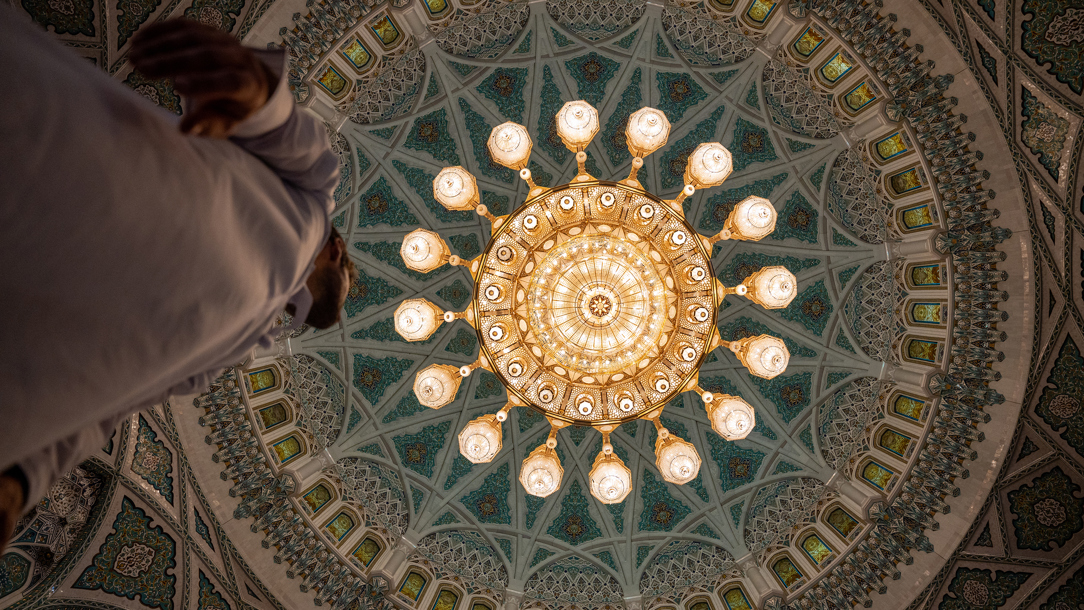
Grand Sultan Qaboos Mosque (Adobe Stock) – also opening image
Bird’s-eye view
Unlike neighbouring Dubai, there are no flashy high-rise skyscrapers to obscure the skyline as you glide towards Muscat. Minarets and mosques give way to mountain peaks, while desert dunes roll into the waves of a turquoise sea. Vying for attention with surrounding natural wonders, aerial architectural highlights include the glinting gold dome of the Grand Mosque and the gleaming white Royal Opera House.
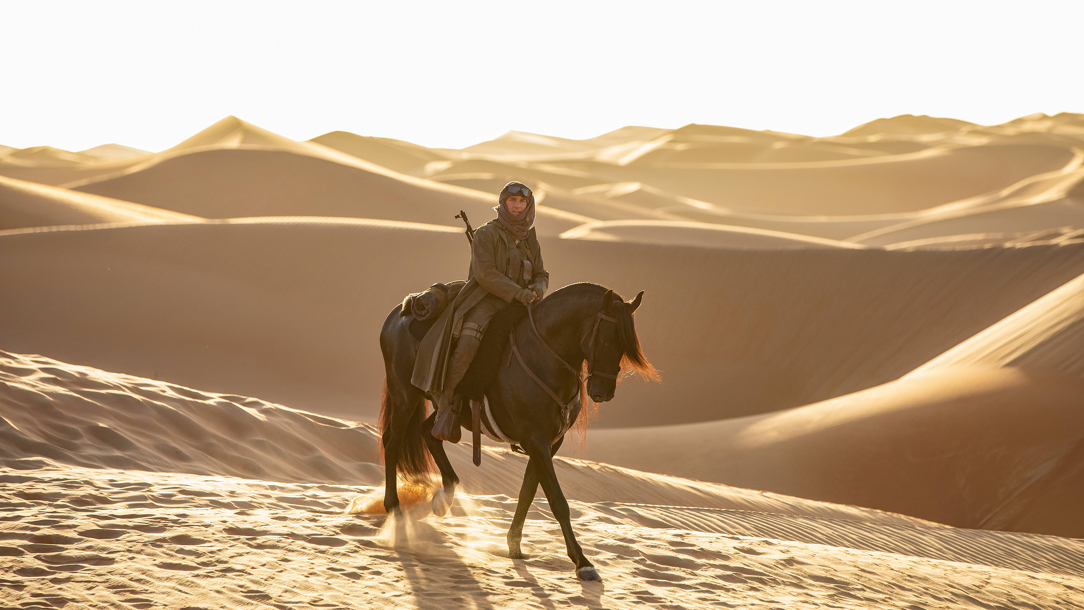
Tom Cruise in the famous desert sequence from Mission: Impossible – Dead Reckoning Part One
As seen on screen
Given the lack of filming infrastructure and high costs to import equipment, few productions have been shot in Oman. One stand-out exception is Mission: Impossible – Dead Reckoning Part One, featuring scenes of Tom Cruise crossing The Empty Quarter, the world’s largest uninterrupted desert extending for 650,000sqkm across Saudi Arabia, Yemen, Oman and the United Arab Emirates.
More A-listers are set to follow in the Hollywood action man’s sandy footsteps with the launch of major production hub Film City, part of the government’s strategy to make Oman a key player in the entertainment industry. An untamed wilderness of sprawling deserts, rocky terrain and plunging canyons is – after all – the perfect setting for drama and adventure.
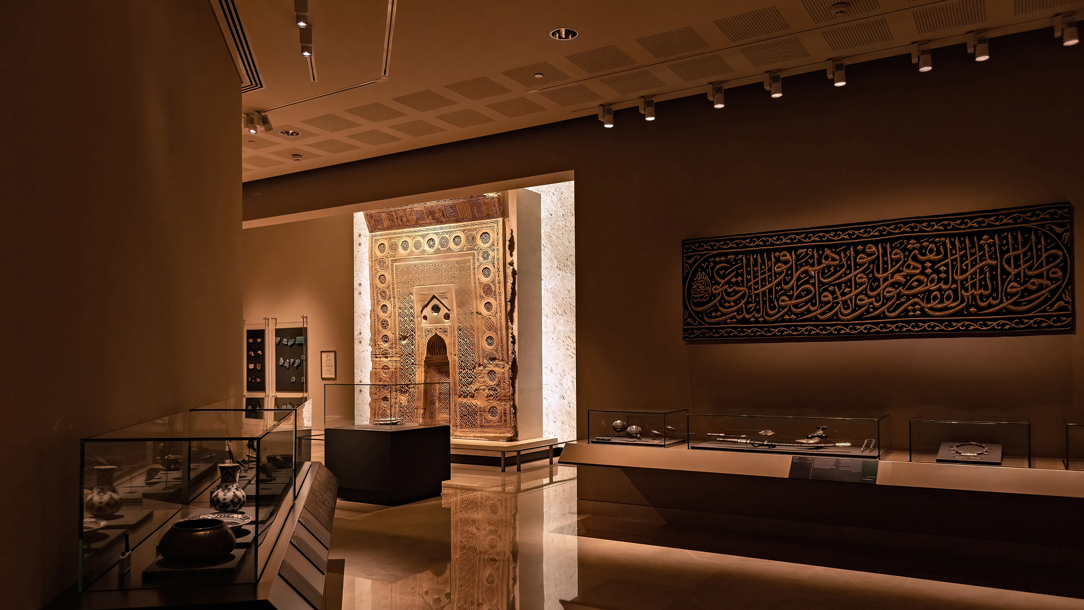
The National Museum (Shutterstock)
Access all areas
Many hotels and attractions in Muscat now cater for wheelchair users. The Royal Opera House has elevators, while the Sultan Qaboos Grand Mosque is equipped with ramps. The National Museum is also accessible for those with reduced mobility and was the first museum in the Middle East to be adapted for visually impaired visitors. In Sohar, the birthplace of sailor Sinbad, Al Hambar Park features a new walkway and map of services and facilities written in braille.
The Sensory Six
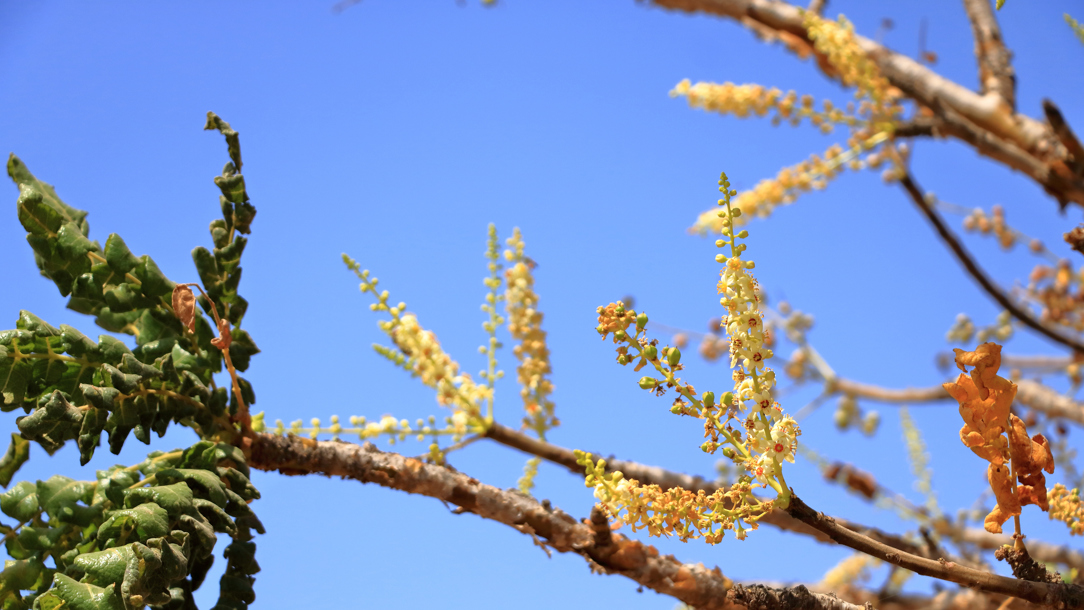
An aromatic frankincense tree (Adobe Stock)
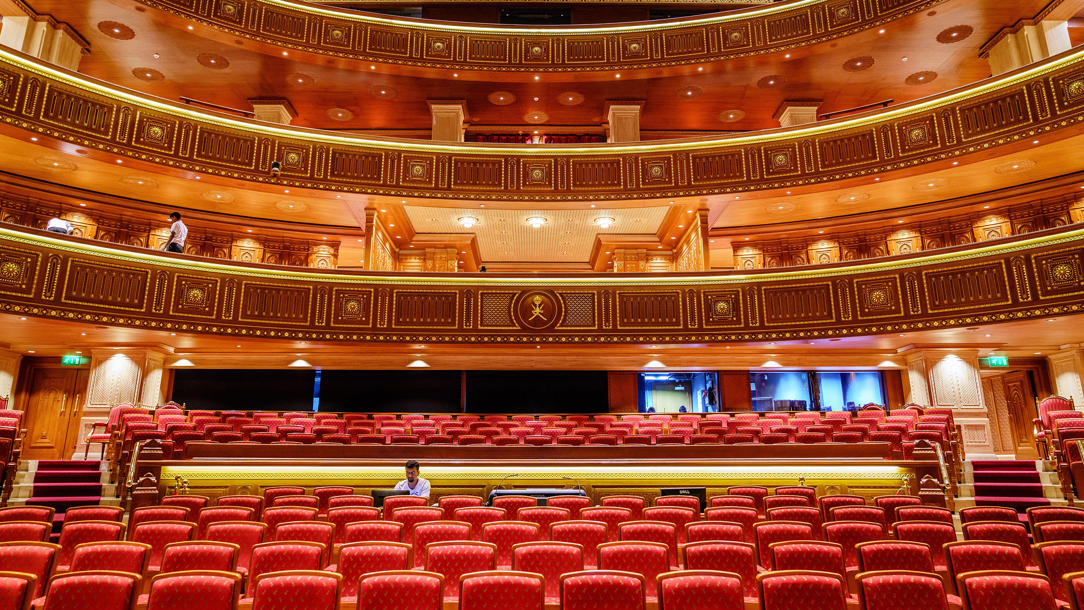
The stalls at the Royal Opera House (Alamy)
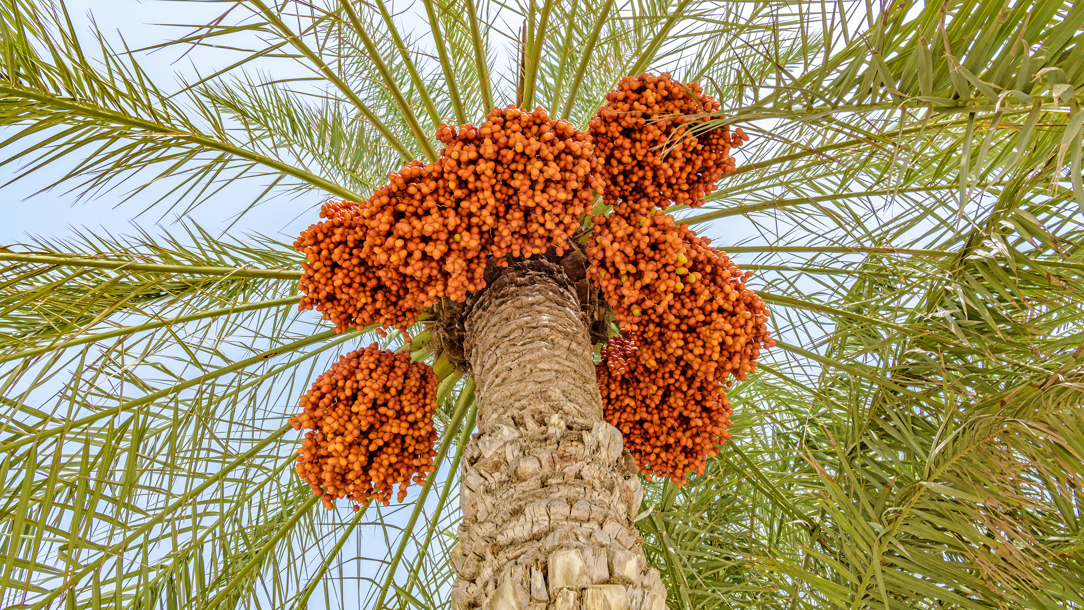
The date palm is widely cultivated for its sweet fruit (Adobe Stock)
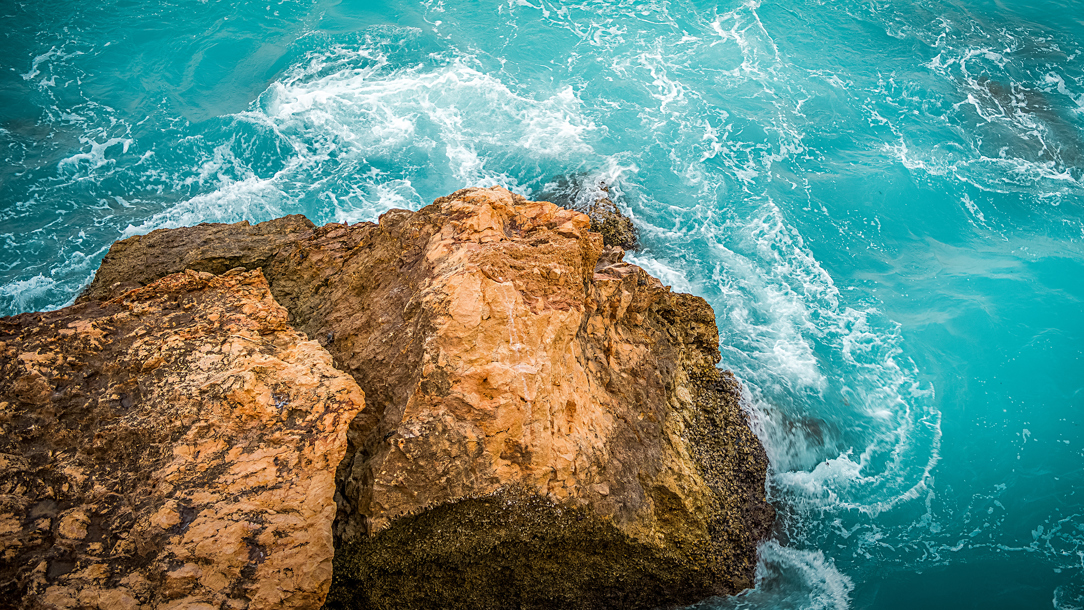
Wadi Shab is a popular canyon with a emerald swimming holes (Adobe Stock)
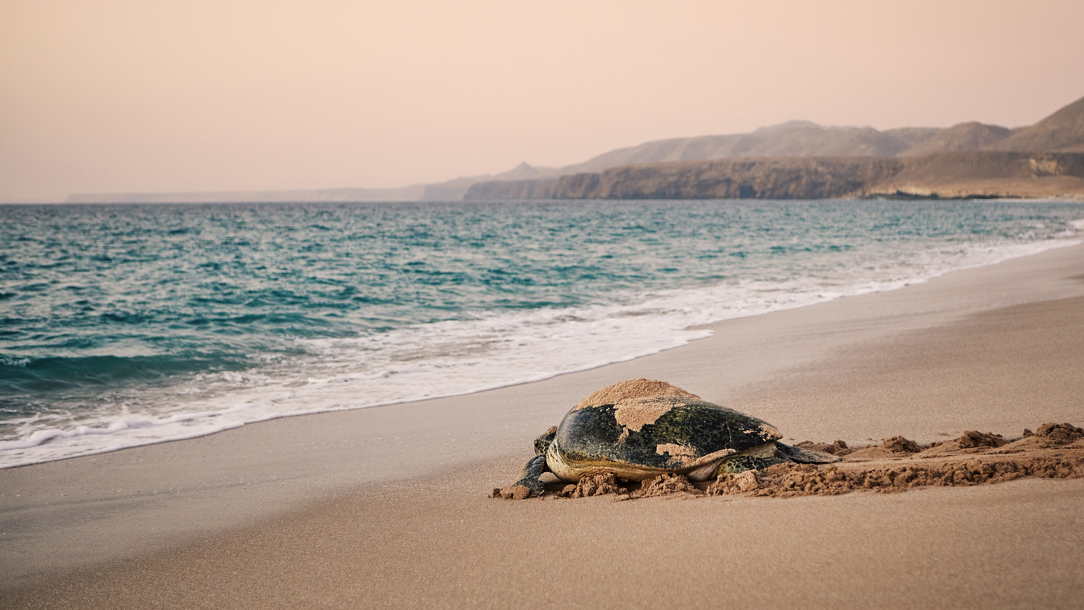
A green turtle returns to the sea after laying her eggs at the Ras Al Jinz Turtle Reserve (Getty)
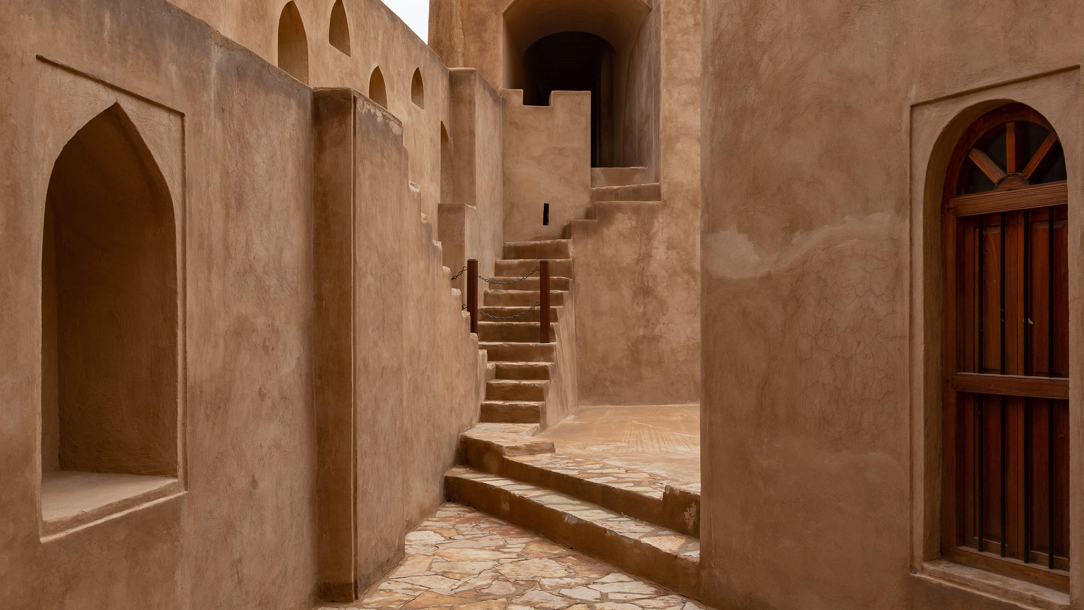
The ghostly setting of Jabreen Castle in Bahla (Alamy)
Smell
Warm and woody with a hint of citrus and pepper, frankincense grows in the southern Dhofar region and has been traded since the Bronze Age.
Hear
The acoustics alone deserve a standing ovation at the Royal Opera House in Muscat. Dressed in marble and sparkling with chandeliers, the snow-white building hosts classical opera, Arabic music and jazz concerts.
Taste
Dates are a key component of Omani hospitality, often served with coffee. Khalas, Khunaizi, and Fargh are some of the best varieties to try.
Touch
The cool, clear waters of Wadi Shab are a welcome reward after a challenging but beautiful hike through a dry river gorge. Swim through emerald pools into a cave.
See
Between May and September, it’s possible to witness green turtles nesting and hatching at the Ras Al Jinz Turtle Reserve on the easternmost point of the Arabian Peninsula.
Sixth sense
A remote desert settlement of abandoned mud-brick buildings and a Unesco World Heritage fort, Bahla is riddled with stories of jinn – ancient supernatural spirits responsible for setting phantom blazes and transforming men into donkeys.
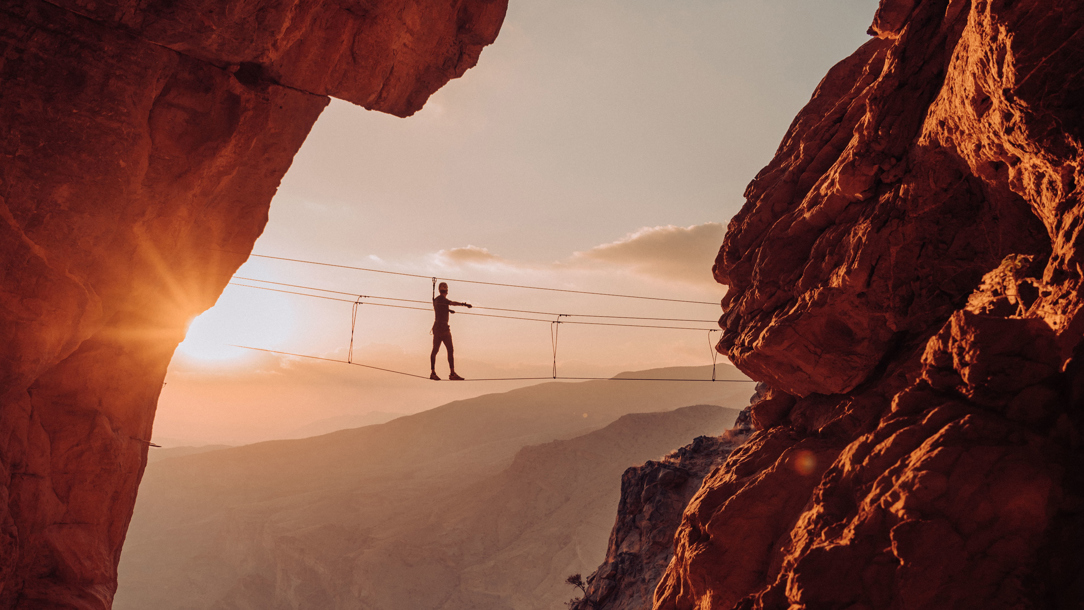
Suspended wire bridge for the more adventurous at Alila Jabal Akhdar
The one spot
Explore the majestic mountains of Jebal Akhdar on a guided walk that encompasses panoramic views, small traditional villages and rosewater distilleries. Dig into plates of slow-marinated meat dish shuwa at Bait Al Luban, a classic culinary Muscat pit-stop championed by Anthony Bourdain. Grab a table outside on a terrace underneath stone arches to watch the last rays of sunlight flickering across the corniche. Watch skilled artisans crafting wooden dhows in coastal town Sur, a centre of trade in the sixth century. Visit the Dhow Factory and museum to witness workers in action and find finished products in the harbour.
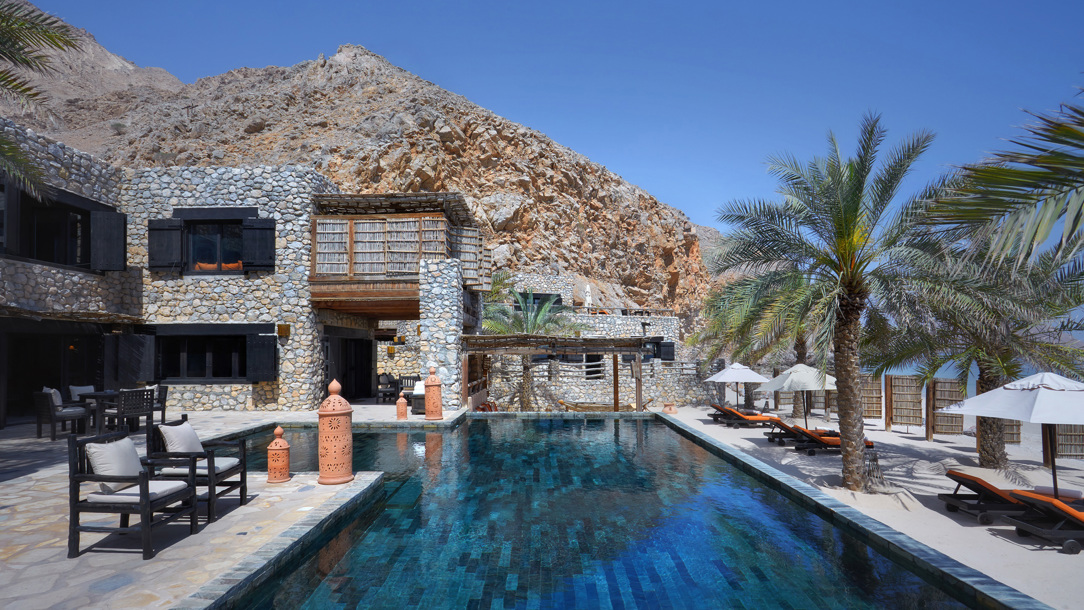
Where to stay
Hidden between rugged fjords and the sparkling sea, Six Senses Zighy Bay is Oman’s ultimate desert-meets-beach escape. Set on a secluded stretch of the Musandam Peninsula, this luxury resort blends Arabian village charm with serious wow-factor – think stone villas with plunge pools, open-air showers and sand-between-your-toes vibes. Check in here and you can spend your days lazing around on the powdery beach or in your private date-palm-fringed villa, taking sunset walks, indulging in the award-winning spa (the hammam is unmissable) or taking a guided excursion to explore the region’s dramatic landscapes. Come evening, expect al fresco feasts of freshly caught seafood at the hilltop restaurant (the panoramic view of the Gulf of Oman is gorgeous) and epic stargazing opportunities.
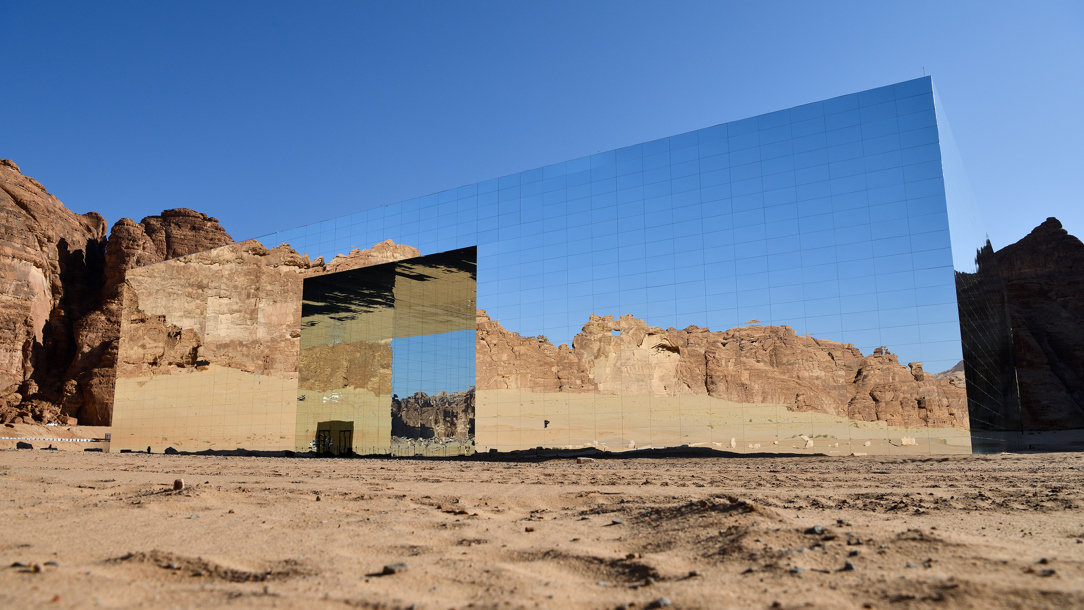
Maraya auditorium in AlUla, Saudi Arabia (Getty)
Where next?
Shaped by equally exhilarating scenery but even lesser known to the outside world, Saudi Arabia is a worthy follow-up trip to Oman. Fly into capital Riyadh and head to AlUla, a date-palm oasis in the desert with human roots extending back 200,000 years. Built by the Nabataeans as a twin city to Petra, archaeological site Hegra is dominated by sky-scraping monolithic tombs hewn from sandstone.




